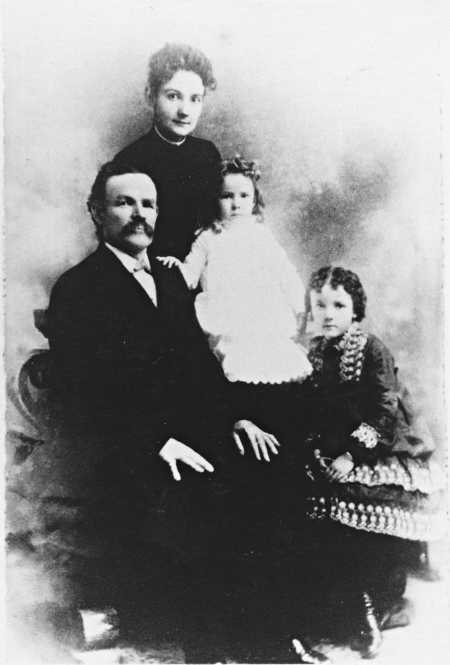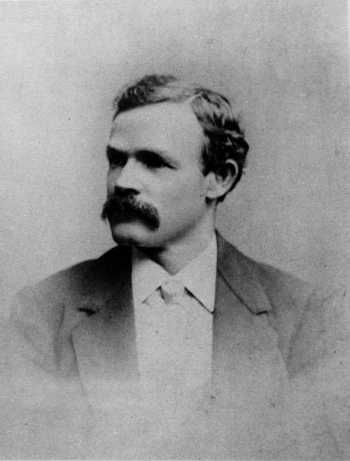
LAKE COUNTY, Calif. – In the 1880s many Italians left their homeland and migrated to the United States looking for land and ways to make a living.
About 80 percent of the Italians who came to California were from the northern provinces. Most of them were men who came to earn money for their families who remained in Italy.
They came as laborers who worked in mining, ranching, vegetable gardening and lumbering as they had done in Italy, while others operated hotels, boarding houses and restaurants. The Italians who came to Lake County followed all of those trades.
Lake County’s early Italian population was small, in contrast with that of some other California counties.
By 1880 a few Italians were living in Lake County, most of them in southern areas from Eastlake to Middletown to the hills west of Lower Lake, a pattern that continued into the 20th century.
In the 19th century some Italians worked briefly in Lake County and later moved on, leaving little mark on the county. Only a few settled here permanently and created lasting businesses.
Italians replaced Chinese workers after the Chinese Exclusion Act of 1882 reduced the supply of cheap Chinese labor in California.
Italian laborers cut wood for the Sulphur Bank Mine and the Great Western Mine. Italian gardeners grew vegetables in the south county.
In 1880 Louis, Jack, Peter and Joseph Deluechi, all gardeners, lived in the Excelsior area near Lower Lake. Peter had 20 acres in Lower Lake planted with grapes in 1889.
Although Peter Deluechi [or Delucchi] and G. W. Munstreti are credited with growing grapes in Lake County in the 1880s, most of the known early-day grape growers and winemakers were not Italian.
One Italian who made a lasting contribution to Lake County’s history was Andrew Rocca, a mining engineer.
Rocca was born in Genoa in 1838 and migrated to the United States at the age of 15. After working at several mines around California he was hired as superintendent of the Great Western Quicksilver Mine near Middletown in 1876. He hired Italian laborers to replace the Chinese who were forced out by the anti-Chinese laws.
Rocca expanded his business ventures into other mines, real estate and water projects, becoming a wealthy man. Eventually the mercury mines were worked out and Rocca’s children all left Lake County.

Rocca died in Lake County in 1921. His daughter Helen Rocca Goss wrote about the Rocca family and the mine in her book “The Life and Death of a Quicksilver Mine.”
In the early 1900s, Italian miners at Andrew Rocca’s Helen Mine lived in a boarding house that Rocca’s friend Pasquale Cavagnaro and his family operated for about 20 years.
Some of the Italian surnames from Lake County’s early days are also found in Napa County; among them are Cavagnaro, Traverso, Banchero and Rossi.
Napa County had a large Italian population and it quite possible that some men from Napa County found employment in Lake County.
In 1910 Dr. W. R. Prather’s Adams Springs Resort employed four men named Rossi and one named “Travess,” all born in Italy.
Another permanent Italian immigrant arrived when an Englishman named George Wrey hired Joe Perini to cook at Wrey’s Lake County ranch.
Wrey had met Perini in San Francisco and hired him away from the Palace Hotel. Joe Perini and his wife Josephine Delmonte made Lake County their home and bought a 550 acre ranch in 1901.
The Perini family lived on Perini Road near Lower Lake for decades raising vegetables, grapes and cattle and making wine.
According to Tom Smith of Lower Lake, in an interview recorded in the Mauldin Notes, “Perini’s was known as the Italian Gardens long before Perini’s time. Italians had raised a commercial garden there.”
The Perinis became famous for their large public Italian dinners, a tradition that lasted more than 70 years. Their daughter Theresa continued the family tradition for many years after her parents died. The former Perini ranch is now Snows Lake Vineyard.
Unlike most of Lake County’s early Italian residents who tended to live in southern Lake County, Angelo Biggi, a jeweler and watchmaker, and his family settled in Lakeport in the 1870s. After Angelo and his wife Caterina died, their son Peter and his family were still in Lakeport in 1940.
Another Biggi, Giuliano, emigrated from Italy and was naturalized in 1942. Giuliano is remembered as the founder of Biggi’s Family Camp in Loch Lomond.
Family resorts like Biggi’s attract Italians from around Northern California each August for Ferragosto, an ancient Italian holiday. Food, fun and family all unite for a memorable gathering that has been celebrated in Lake County’s Little Italy near Loch Lomond for almost 100 years.
Steve Magagnini at the Sacramento Bee captured the spirit of Lake County’s Ferragosto in “Body, soul, fed at Italian gathering,” published in the Bee on Sept. 6, 2013.
During the 20th century more people of Italian heritage moved into Lake County, quietly blending into the community and settling all around Clear Lake.
A few of them became well known like long-time game warden Dave Dondero (1874-1967), rancher and county Supervisor Donald Martinelli (1903-1984) and county Supervisor Gene Lovi (1928-2010).
Lake County’s Italian population remains small, with only about 4,700 claiming an Italian background.
Arrivederci!
Jan Cook has lived in Lake County for about 40 years. She works for the Lake County Library, is the editor of the Lake County Historical Society's Pomo Bulletin and is a history correspondent for Lake County News. If you have questions or comments please contact Jan at

 How to resolve AdBlock issue?
How to resolve AdBlock issue? 



